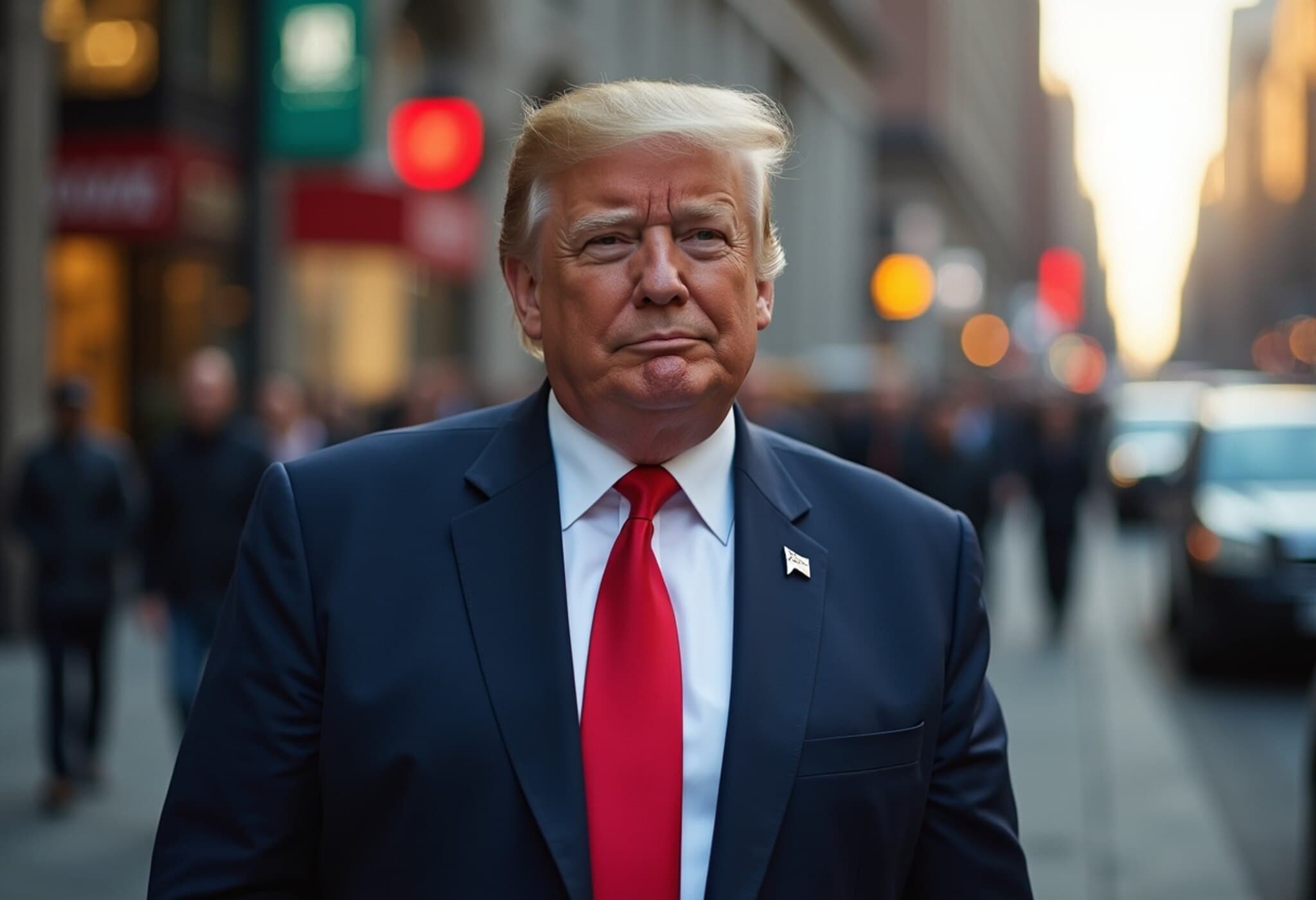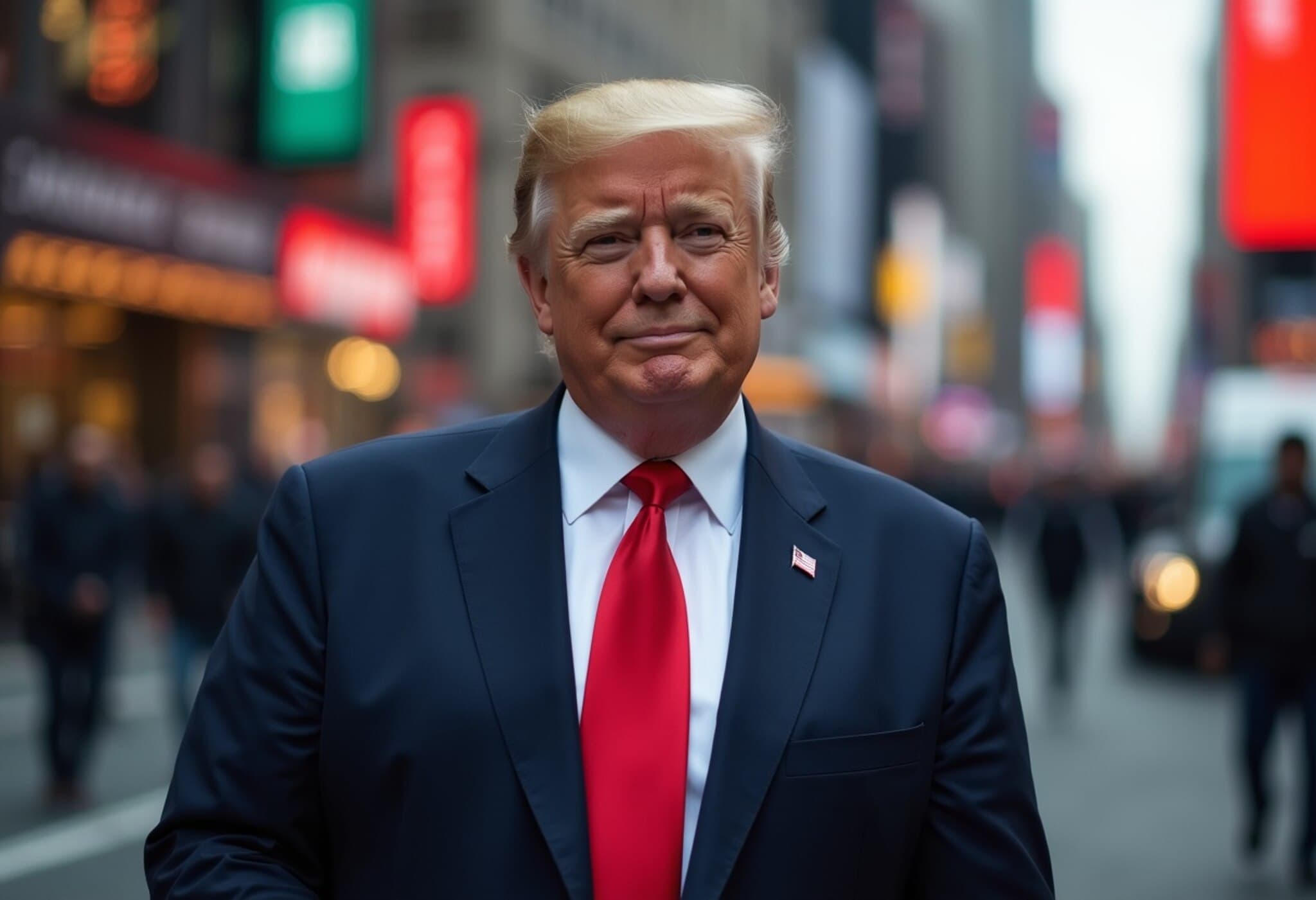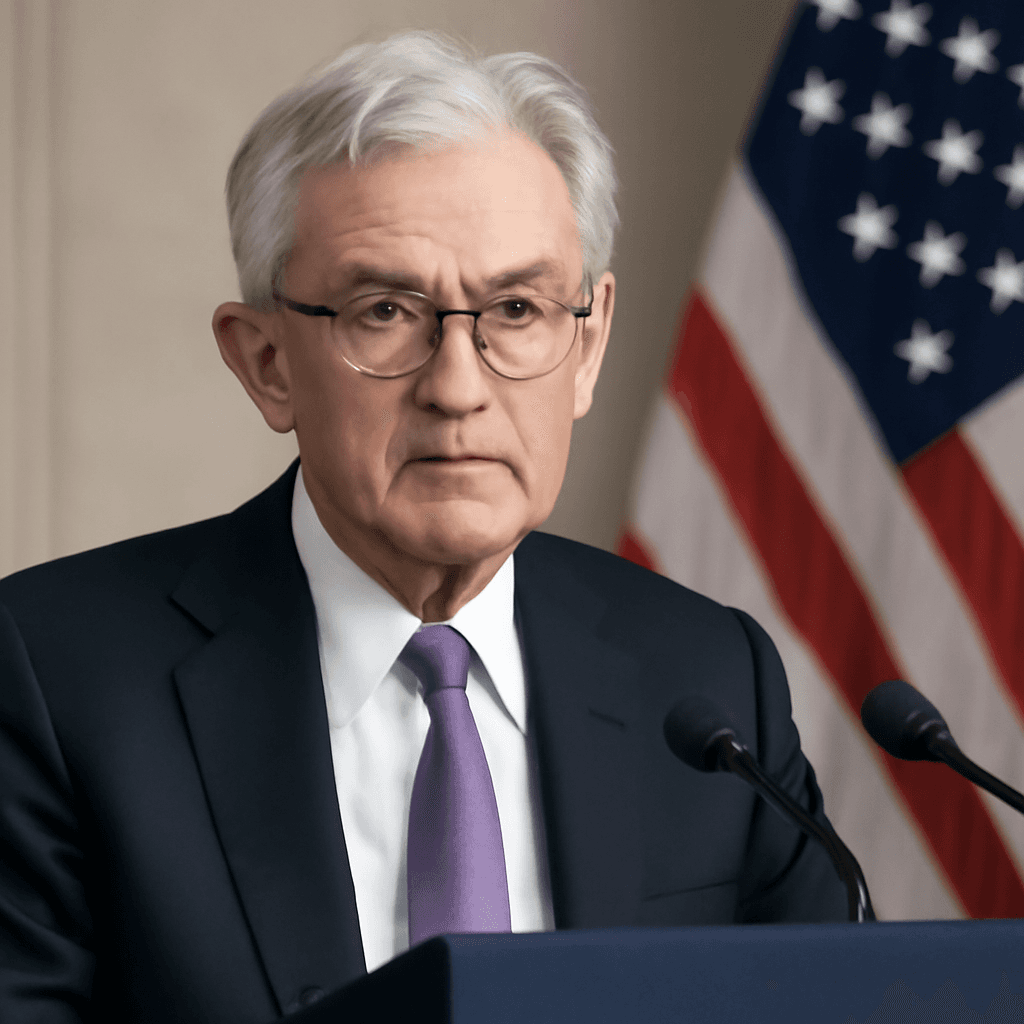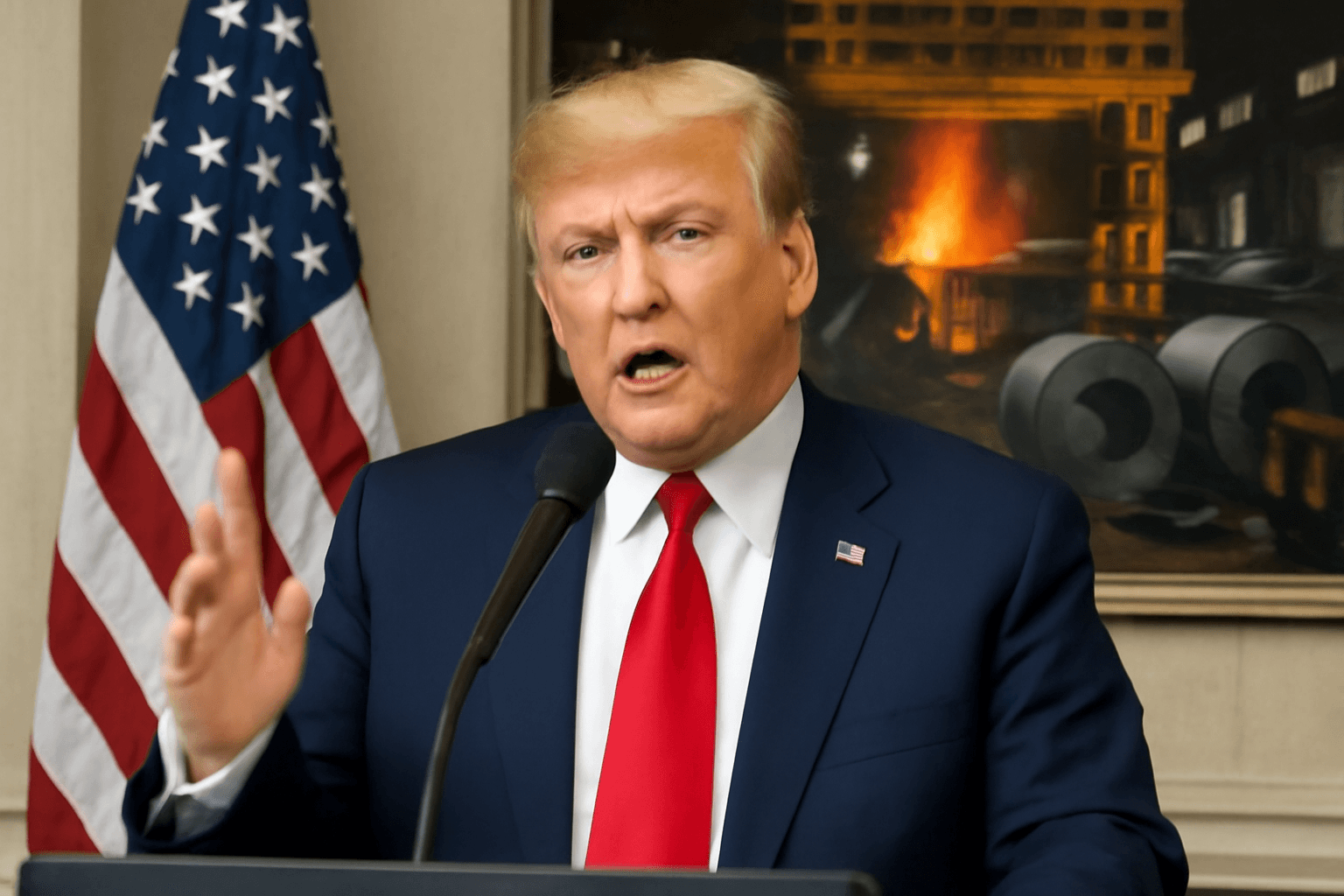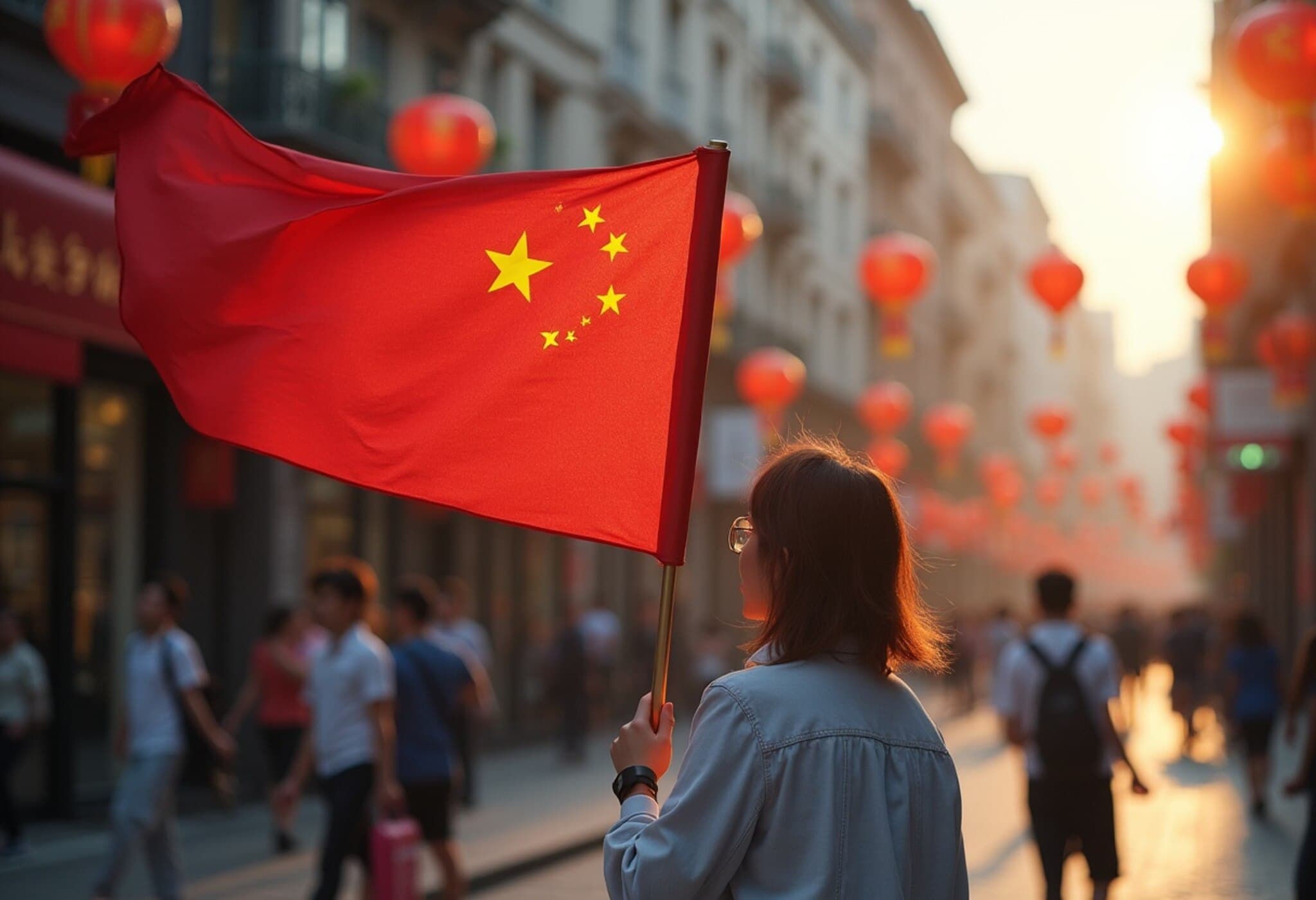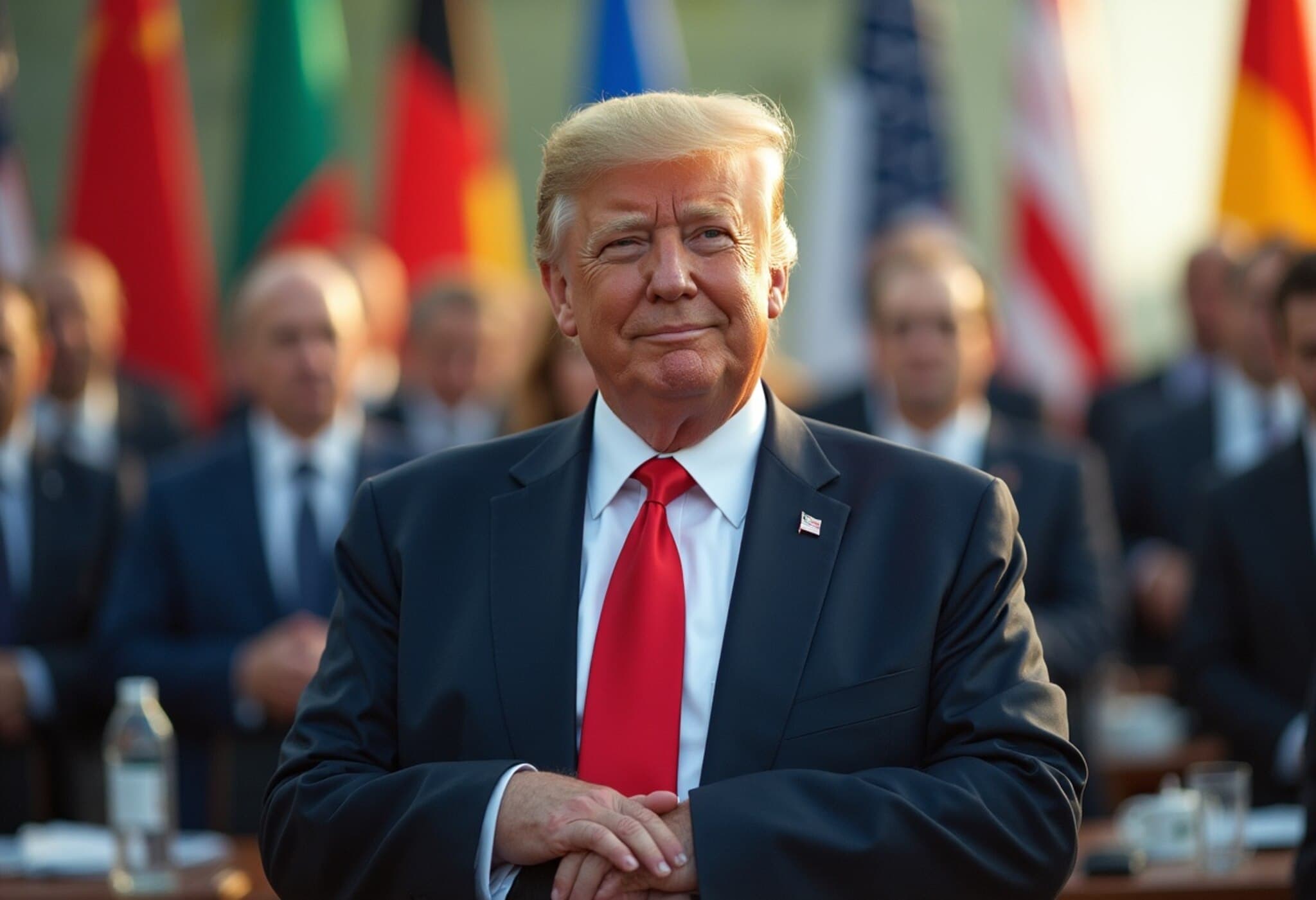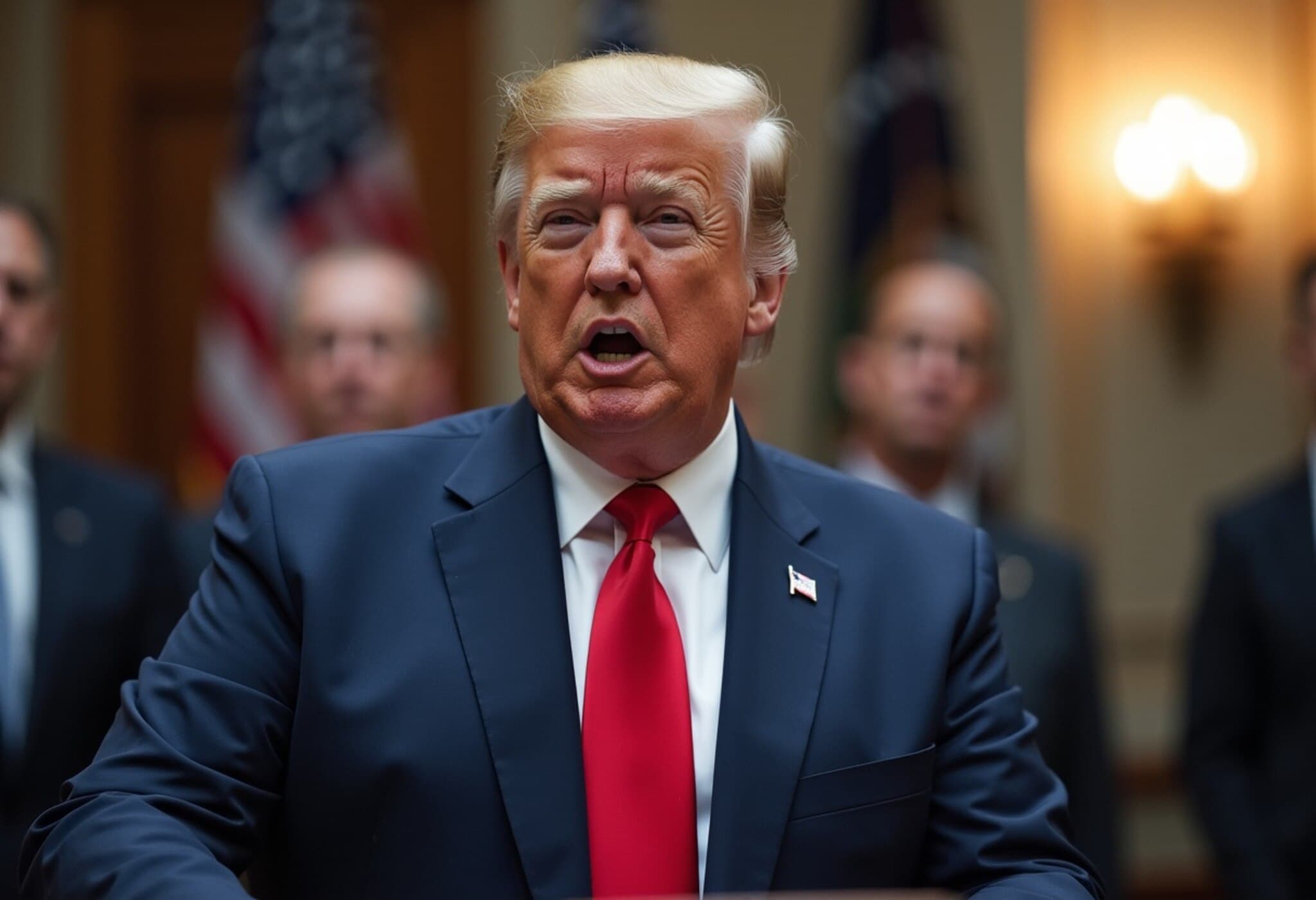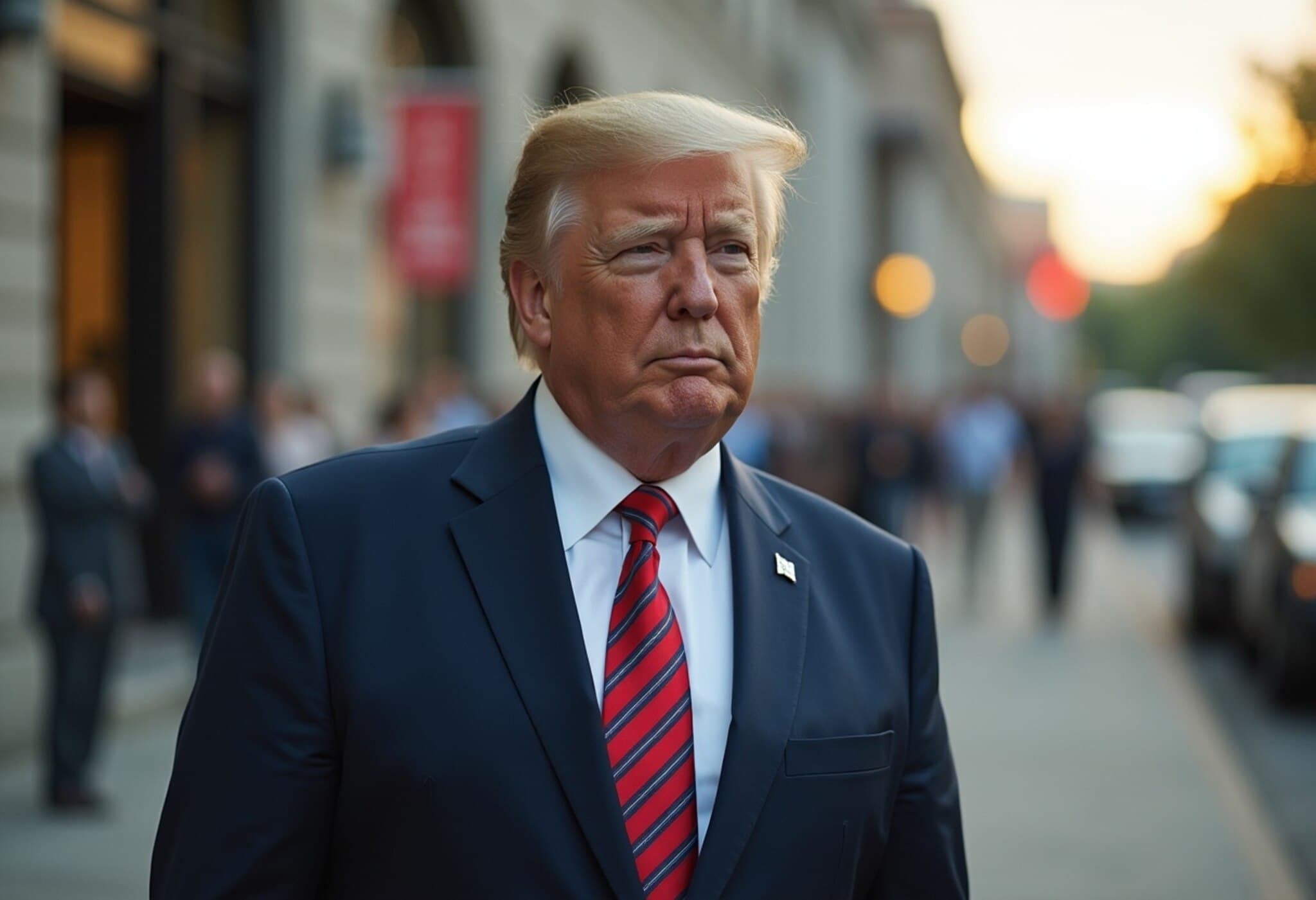Understanding the Latest U.S. Tariffs Impacting Global Trade
In a significant move reshaping international commerce, the United States on August 7, 2025, implemented updated reciprocal tariffs targeting dozens of key trading partners. These tariffs mark the latest chapter in an ongoing trade policy saga defined by complex negotiations, strategic pivots, and heightened economic nationalism under the Trump administration.
Background: The Reciprocation Tariff Strategy
After months of anticipation, President Donald Trump revealed a sweeping tariff strategy that imposes additional levies on imports from various nations in response to what the White House describes as unfair trade practices. As the clock struck midnight, Trump boldly announced on his social media platform, Truth Social, "BILLIONS OF DOLLARS IN TARIFFS ARE NOW FLOWING INTO THE UNITED STATES OF AMERICA!"
While the administration has set a general tariff floor at 10% for most countries, several nations are subject to significantly higher rates, reflecting nuanced diplomatic and economic considerations.
Tariff Rates by Country and Their Economic Implications
- Brazil and India: Among the most heavily impacted, Brazil now faces tariffs reaching 50% following claims from the U.S. about Brazilian government policies that allegedly disadvantage American trade interests. India also confronts a steep tariff increase, partly due to its continued purchases of Russian oil amid global sanctions, resulting in a phased rise from 25% to a full 50% tariff.
- North American Neighbors: Mexico and Canada, longtime trade partners under the USMCA framework, continue to endure tariffs of 25% and 35% respectively. Mexico is currently in a state of tariff limbo, as the U.S. administration paused further hikes to allow for ongoing negotiations.
- China: Once embroiled in an intense, multi-year trade battle featuring tariffs exceeding triple digits on certain goods, there appears to be a temporary détente. Both nations have agreed to a truce that suspends tariff escalations until August 12, with China’s tariffs maintained at 30% during this period.
- Europe and Asia: Numerous countries and regions, including Switzerland, the U.K., the European Union, Japan, South Korea, Vietnam, the Philippines, and Indonesia, continue to engage with the U.S. diplomatically. Many have successfully negotiated limited trade frameworks aiming at tariff reduction, although Switzerland remains actively seeking terms to lower levies on its exports.
Broader Economic Context and Policy Analysis
These tariff adjustments are not merely economic barriers but strategic tools reflecting deep geopolitical maneuvering. The reciprocal tariffs embody the Trump administration’s broader aim to leverage America’s economic weight to renegotiate what it terms "unfair" trade deals. However, this approach carries risks, including increased costs for American consumers, potential retaliatory measures, and disruptions in global supply chains.
Experts warn that while tariffs can protect domestic industries in the short term, prolonged trade conflicts may undermine U.S. competitiveness and economic growth. Especially noteworthy is the United States’ nuanced stance toward China and India, where strategic interests in regional stability and energy security intersect with trade policy.
Unreported Angles and Questions Moving Forward
- How will the tariff-related cost increases affect small and medium-sized U.S. businesses reliant on global supply chains?
- What are the long-term diplomatic consequences for countries currently engaged in active negotiations?
- Given ongoing global inflationary pressures, what impact might these tariffs have on American household budgets and procurement strategies?
- Could emerging multilateral frameworks outside U.S. influence offset some economic damage caused by these tariffs?
Looking Ahead: The Uncertain Path of U.S. Trade Relations
The evolving tariff landscape underscores a fundamental tension in global economic governance: balancing national interests with the benefits of international cooperation. With several major economies still seeking to negotiate reduced levies and others adjusting to hefty new tariffs, the coming months will be critical in determining whether these policies catalyze fairer trade or foster new economic fragmentation.
Editor's Note
As the U.S. recalibrates its trade stance amidst global uncertainty, readers should consider how these tariffs ripple beyond the economic sphere, affecting diplomatic ties, consumer prices, and geopolitical alliances. Continued monitoring is essential to grasp the full implications of these measures and prepare for their real-world impacts.


